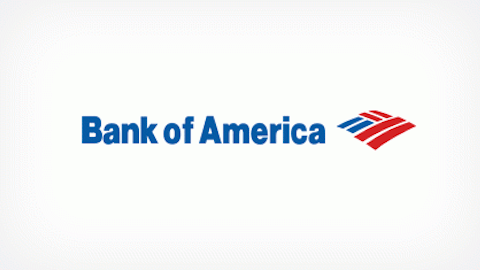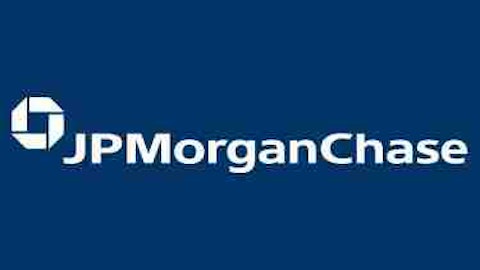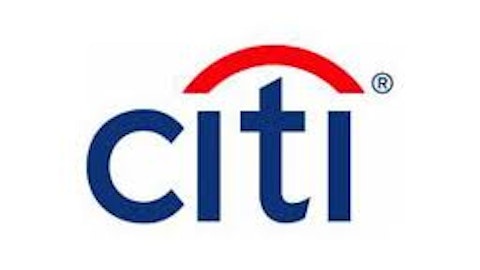While Wells Fargo & Co (NYSE:WFC) and other banks like it rode the refinancing boom for quite some time, rising rates have caused that industry to come to an expected standstill. However this does not discredit Fed Gov. Powell’s suggestion that the recovering housing market will help the U.S. economy.
Homes purchased and homes built both have greater economic impacts than those refinanced. For example, last year, Freddie Mac estimated that a borrower would save just $2,900 a year after they refinanced their mortgage. But the National Association of Home Builders estimated that for every 100 homes built, the local economy around those homes gains $21.1 million — an economic impact more than 70 times larger than the same amount of refinancings.
Better capitalized financial system
During the financial crisis, too many banks didn’t have enough capital to insulate themselves from the various losses the meltdown triggered. Banks typically lend out more money than the cash they have on hand. In good economic times, this isn’t a problem, since they still have enough hard cash on hand to meet their daily needs. But when an economy sours, and the loans the banks make start to go bad, they need more cash to cover those losses. If the ratio of what they’ve lent to what they actually have is too big, the banks risk going belly-up.
While Powell stated that the financial system had improved the capital cushion that protects it from such losses, we also need to see how that improvement has trended:

Source: New York Federal Reserve.
As you can see in the chart above, Powell was absolutely correct. Banks have done a great job of reducing their risky assets in relation to their total assets, while boosting their capital to defend against any losses that may still occur. We have seen a spike in risk-weighted assets and a decline in capital at the beginning of this year, which will be important to monitor in the future. But banks nonetheless now sport capital ratios 50% higher than their lows of 2007.
Surprisingly, the Tier 1 capital ratios of the four largest commercial banks in the United States have also dipped from the peaks they reached last year:
| Company | Q2 2013 | Q1 2013 | Q4 2012 | Q3 2012 | Q2 2012 |
|---|---|---|---|---|---|
| Bank of America Corp (NYSE:BAC) | 12.2% | 12.2% | 12.9% | 13.6% | 13.8% |
| Citigroup Inc. (NYSE:C) | 13.3% | 13.1% | 14.1% | 13.9% | 14.5% |
| JPMorgan Chase & Co. (NYSE:JPM) | 11.6% | 11.6% | 12.6% | 11.9% | 11.3% |
| Wells Fargo & Co (NYSE:WFC) | 12.1% | 11.8% | 11.8% | 11.5% | 11.7% |
Source: Company Earnings Reports.
Bank of America and Citi have higher Tier 1 ratios than their more highly regarded peers JPMorgan and Wells Fargo & Co (NYSE:WFC) . But B of A and Citi’s ratios have fallen since last year, while JPMorgan and Wells Fargo & Co (NYSE:WFC)’s have risen. It’s clear the banks are better capitalized than they once were; however, their trend of lower ratios certainly bears watching.
That said, the banks remain well above the baseline 6% that regulators require. And generally, the more capital banks hold, the less in returns they can generate. Thus, diligent investors should keep a close eye on lower capital ratios to make sure banks strike the right balance between maximum profitability and safety.




